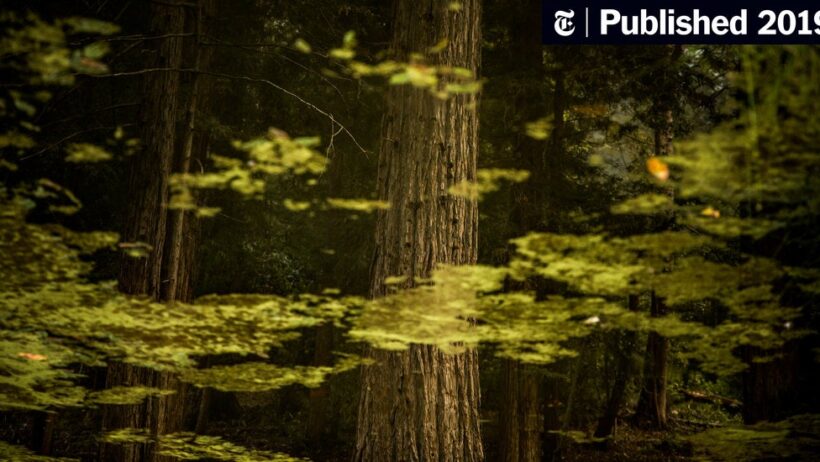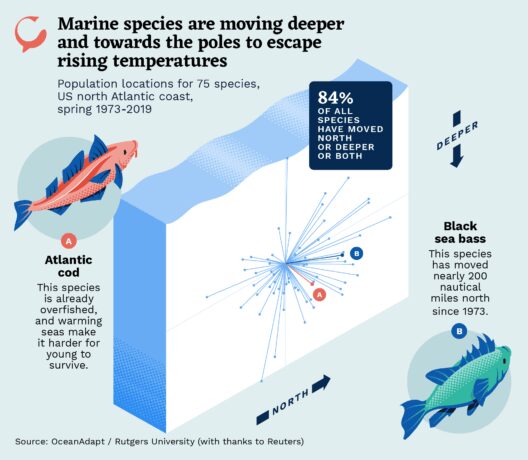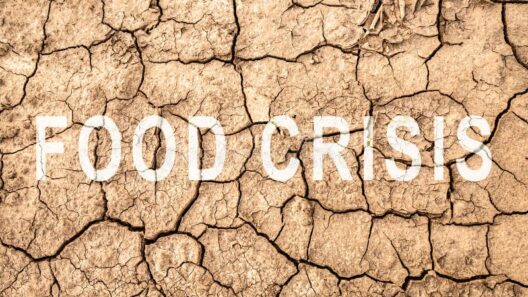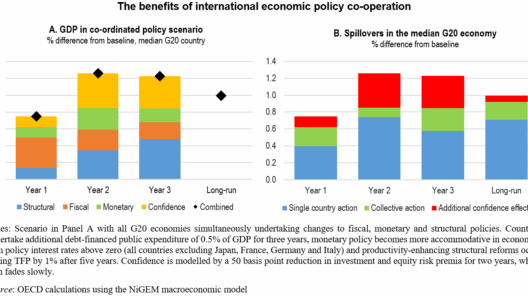Deforestation, the widespread practice of clearing forests for agricultural, industrial, or urban development, has become one of the most pressing environmental issues of our time. It is a complex affair, closely linked to the accelerated pace of global warming. This analysis explores the multifaceted relationship between tree removal and climate change, emphasizing the critical role forests play in maintaining ecological balance and regulating atmospheric carbon levels.
Forests are more than just assemblages of trees; they are intricate ecosystems teeming with biodiversity. They serve as carbon sinks, absorbing substantial amounts of carbon dioxide (CO2) from the atmosphere through photosynthesis. This natural process is vital for reducing greenhouse gases, the primary contributors to climate change. When trees are cut down, not only is this carbon-sequestering capacity diminished, but the act of deforestation itself releases stored carbon back into the atmosphere, exacerbating the greenhouse effect.
The relationship between forests and climate regulation is complex and multifaceted. To comprehend the profound impact of deforestation on global warming, it is essential to consider the various roles forests play:
- Carbon Storage: Forests act as enormous natural reservoirs for carbon. They sequester roughly 30% of the world’s carbon emissions. As trees grow, they absorb CO2 and, when they die or are disturbed, they release this carbon unless decomposed in a way that allows it to be reabsorbed. Thus, the removal of trees directly contributes to increased atmospheric CO2 levels.
- Biodiversity and Ecosystem Services: Forests are home to over 80% of terrestrial biodiversity. The loss of trees puts numerous species at risk, disrupting food webs and leading to ecological decline. Healthy forests provide essential services, such as soil stabilization, water purification, and climate moderation. These functions are crucial for maintaining balanced ecosystems.
- Climate Regulation: Beyond carbon storage, forests influence local and global climates through transpiration and shading. Trees release water vapor into the atmosphere, enhancing humidity and cloud formation, which can affect weather patterns. This localized cooling effect can counter the warming caused by urbanization and agricultural expansion.
- Soil Conservation: The roots of trees help anchor soil, reducing erosion. Deforestation leads to soil degradation and desertification, reducing the land’s agricultural productivity and its ability to absorb carbon. The loss of topsoil can lead to increased flooding and water runoff, further contributing to environmental instability.
Despite these benefits, deforestation continues at an alarming rate. In the tropics, swathes of forest are cleared annually for cattle ranching, palm oil plantations, and other agricultural pursuits. The consequences are dire, as studies indicate that the Amazon rainforest, often referred to as the ‘lungs of the planet,’ is reaching tipping points that could turn it from a carbon sink into a net carbon emitter.
The socio-economic drivers of deforestation are complex and deeply rooted in global economic systems. Developing nations often rely on timber and agricultural exports to fuel economic growth. This creates a paradox where nations seek immediate economic advancement at the expense of long-term environmental health. In many cases, local communities depend on forests for their livelihoods, creating additional challenges in balancing economic needs with conservation efforts.
Mitigating deforestation is essential for combating climate change. Solutions range from policy interventions to community-driven initiatives. Establishing protected areas and implementing sustainable forestry practices can mitigate the adverse effects of logging. For instance, agroforestry—a practice that integrates trees into agricultural systems—can enhance productivity while preserving forest cover.
Furthermore, reforestation and afforestation initiatives are crucial strategies for restoring lost ecosystems. By planting native tree species, communities can revive biodiversity, improve water quality, and sequester carbon emissions. For instance, global reforestation efforts have gained traction, with initiatives such as the Trillion Trees campaign aimed at restoring one trillion trees around the world.
The technological landscape also offers innovative solutions. Satellite technology allows for real-time monitoring of deforestation rates. This data can empower organizations and governments to take immediate action against illegal logging and environmental degradation. Additionally, carbon trading mechanisms provide economic incentives for preserving forests by assigning monetary value to the carbon stored in trees.
Public awareness and engagement play pivotal roles in addressing deforestation. Education about the importance of forests can inspire individual and collective action. Social media campaigns and grassroots movements can amplify voices advocating for sustainable practices and policies. Individuals can contribute by supporting products labeled as sustainable or participating in local reforestation efforts.
In conclusion, chopping down trees does indeed contribute to global warming, primarily by reducing the earth’s capacity to sequester carbon and disrupting ecological balance. The role of forests in climate regulation is critical, given their contributions to biodiversity, soil integrity, and climate mitigation. Effective strategies must encompass widespread policy reforms, innovative technologies, and community involvement to pivot towards sustainable practices that ultimately secure the future of our planet. Understanding the symbiotic relationship between forests and climate change underscores the urgency of preserving these vital ecosystems for generations to come.






